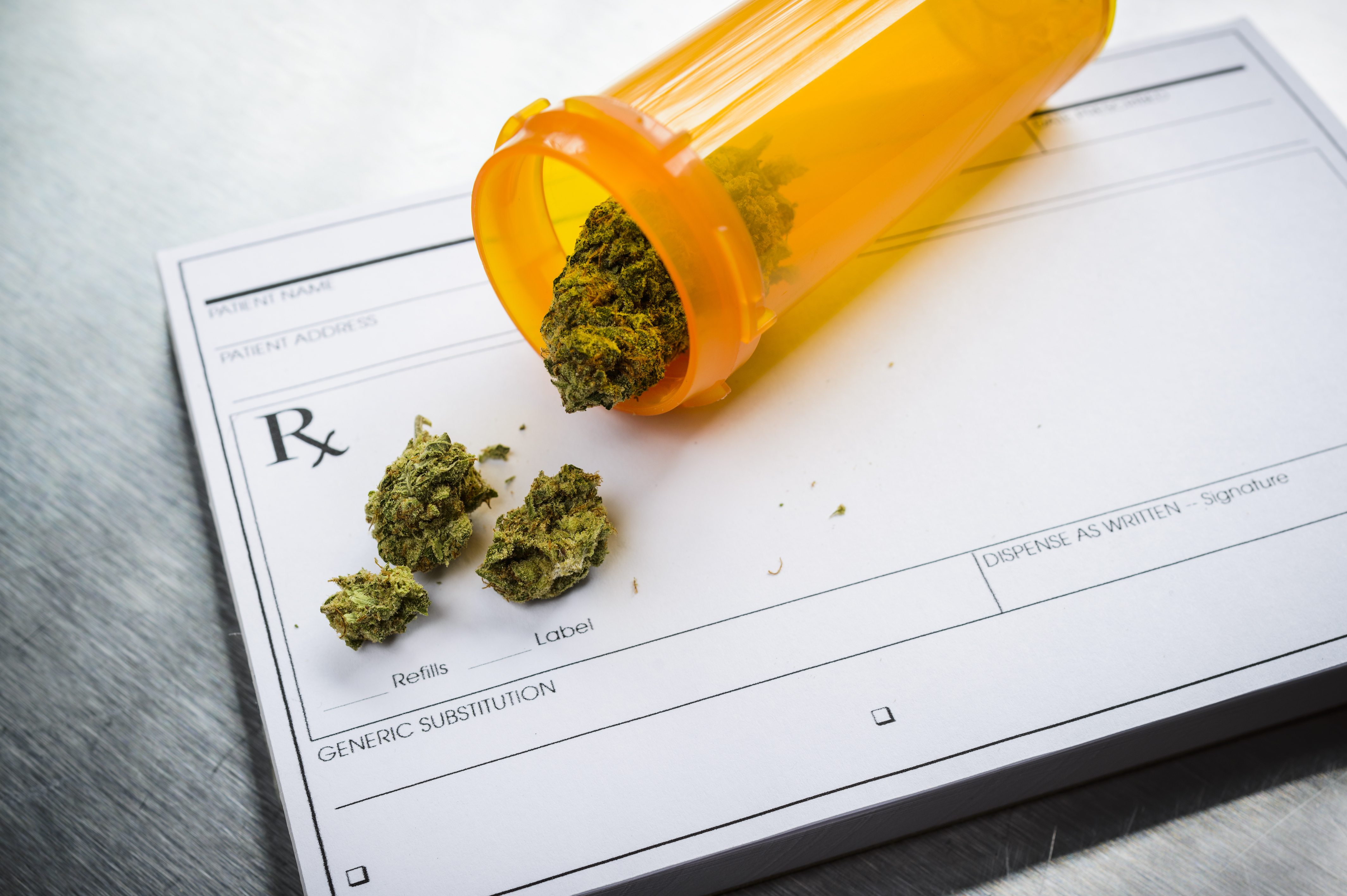How Do I Know What To Try?
If you are purchasing cannabis from a grower or distribution center, it is helpful to have a basic understanding of strains.
- Sativa Dominant strains are used for daytime relief. These strains provide pain relief along with a stimulant to help you function during the day.
- Indica Dominant strains are used for nighttime relief. These types of strains provide pain relief and a sedative sensation with the goal of allowing for restorative sleep.
There are many names of strains so attempt to maintain an accurate record of what you have tried as you search for the product that best matches your needs. This will also help avoid the product that was not effective.
There is no one size fits all – even when dealing with the same condition as someone else. You may find their best choice of product is not a match for you – so don’t give up; try a suggestion given and if you do not have success, then move to a different strain.
How Do I Use the Medication?
As stated before, each body will often respond differently when exposed to the same strain – so be patient and know if you try one with no success, it may mean you either used a day strain during the night or a night strain during the day or the strain just was just not your particular match.
Any cannabis that is ingested (swallowed) – like an edible, oil, capsule, etc, will not react quickly. It can take from approximately 1/2 hour to possibly a few hours to activate – so, be sure not to take more than suggested. In fact, with ingesting, it is best to start with a much lower dose than suggested and work your way up to your most effective dose around 1/2 hour to even a few hours to kick in. If you skip this process and go to the full recommended dose, you may not like your body’s response (you may feel high, for example)and give up. It is worth sacrificing a few nights of not getting the full desired sleep and relief in order to introduce this to the body properly.
Ingested medication will stay in the system much longer and will mean no smell of cannabis which is helpful for privacy. But, remember, ingesting a product will show up in your urine test; topicals will not.
When taking a night product, the goal is a good night’s sleep and to not wake up groggy. When you reach both of these, then you are at your optimal dose. If you wake up groggy, don’t panic. It means that the dose was too big for you and that sensation will resolve in a few hours. No need to rush to the hospital – just let it wear out and do not return to that dose.
Other Methods of Using Cannabis
Most medical cannabis patients are not smoking it! Many people vaporize, use patches, sprays, oil, tincture, topical, edibles, capsules, and more. If you can, consider keeping those lungs safe by considering alternative methods to administer cannabis.
Using oils, topicals, capsules, and tinctures will avoid cannabis’ distinctive aroma if you are looking for a more private way to administer it.
Tinctures, for example, are absorbed in the cheek or under the tongue, held for 20 seconds, and then swallowed. This is a fast-acting way to medicate but this method will not afford extended relief, so dosing may need to be continued. Most are able to dose each hour until relief is accomplished.
Vaporizing and smoking will also be fast-acting and also leave your system faster. Smoking will cause odor but vaporizing will only have a slight odor as you exhale out
Other Facts to Understand
Too much of any medication can cause problems so remember as with all medications, to take it slowly trying cannabis products. Find a reputable dispensary (if not home growing). Dispensaries can offer a good education; access to a specialist who can provide dosage advice, ingestion methods, product type. Many are able to eliminate other medications such as opiates, gabapentin, etc using cannabis
Questions to ask:
- What are their testing procedures?
- What types of products are carried?
- Are there patient care services or educational classes?
As you achieve your proper dose with cannabis, you can consider slowly reducing other medication, if desired, one at a time to be sure it is effective. Be sure to discuss this with your doctor. If you are fortunate enough to have a cannabis savvy MD, you might want to consult them on medication interaction and instructions for medication reduction.
I hope these tips will help you with the process of deciding if cannabis might be your match like I discovered. When breathing is not compromised, I have quality sleep, awake not groggy, and ready to take on the day!

